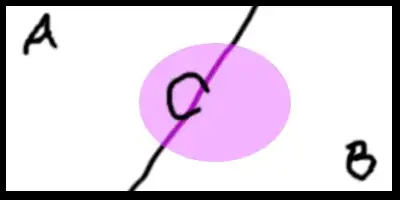In Sutton & Barto's book on reinforcement learning (section 5.4, p. 100) we have the following:
The on-policy method we present in this section uses $\epsilon$ greedy policies, meaning that most of the time they choose an action that has maximal estimated action value, but with probability $\epsilon$ they instead select an action at random. That is, all nongreedy actions are given the minimal probability of selection, $\frac{\epsilon}{|\mathcal{A}|}$, and the remaining bulk of the probability, $1-\epsilon+\frac{\epsilon}{|\mathcal{A}|}$, is given to the greedy action.
I understood the probability of a random action selection: since the total probability of random action selections is $\epsilon$ and since all actions can be selected as random we calculate the probability of an action to be selected randomly as $\frac{\epsilon}{|\mathcal{A}|}$.
However, I did not understand how the probability $1-\epsilon+\frac{\epsilon}{|\mathcal{A}|}$ for greedy action selection was derived. How is it calculated?
